The following day (9/19/17), Marybeth and I drove to the office. First, I dropped my stuff off at the house I had been staying in prior to the hurricane evacuation. It was a Tuesday so we had our usual weekly staff meeting. However, today also happened to be my birthday. The office very generously had surprised me by getting a cake and singing happy birthday. I am thankful to have been taken in by such a welcoming group of people for the majority of my internship. After the staff meeting and the birthday celebration, I took a trip to the grocery store since I had lost all of my food due to the power outages during Hurricane Irma. After I had gotten myself resettled in at Skidaway, I returned to the office and began working on my GIS maps again!
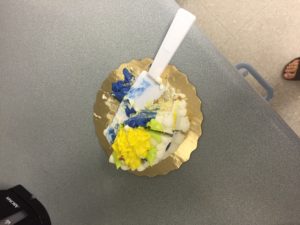
The remainder of my week was spent working on different GIS maps. My major project for the week was creating visitor use and lionfish sightings maps to be used in presentations for the Sanctuary Advisory Council (SAC) meeting. I created multiple different versions of each map in order to determine the best way to represent the data.
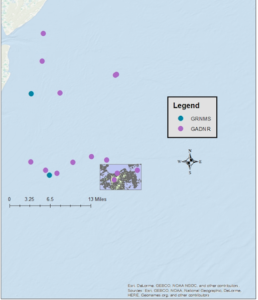
The SAC is “a community-based advisory group consisting of representatives from various user groups, government agencies, and the public at large” (Gray’s Reef). They have periodic meetings, some of which are in person and others through conference calls. Members of the SAC are spread around throughout the country. The purpose of these meetings is to update the group about the current state and conditions at Gray’s Reef, as well as bring up any concerns that may affect the sanctuary. The SAC meeting was held on Friday (9/22) at the Skidaway Institute of Oceanography campus. I was able to attend the meeting, which let me see firsthand the different user groups interact with each other. It was interesting to see what issues/concerns people brought to the table.
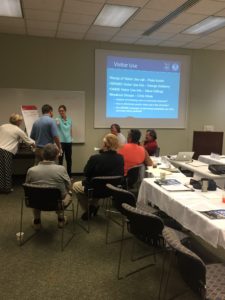
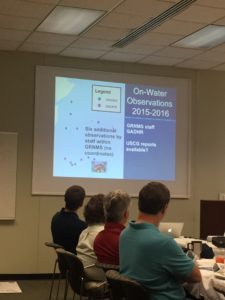
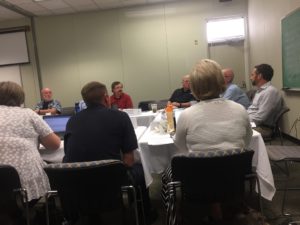
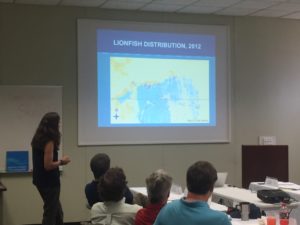
After the SAC meeting, the “A Fishy Affair: Malicious…but Delicious” event was held the same night. A Fishy Affair is an annual fundraiser that is organized by Gray’s Reef National Marine Sanctuary Foundation (GRMSF). The mission of GRMSF is “to support and strengthen Gray’s Reef National Marine Sanctuary as a unique and vital landmark for the community and nation through charitable and educational purposes” (GRMSF). This is the biggest event GRMSF’s puts on all year with tickets purchased ahead of time. On the night of the event, everybody arrives at The Landings Clubhouse where there are raffle tickets and lionfish cookbooks for sale. I volunteered to help sell raffle tickets during the event, which also came with the duty of wearing the lionfish mask. There were four chefs competing against each other to see who prepared the best lionfish. All attendees were allowed to try the different lionfish appetizers prepared by the chefs.
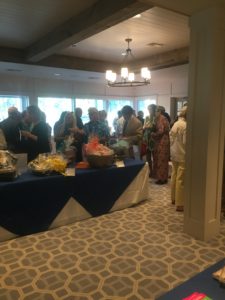
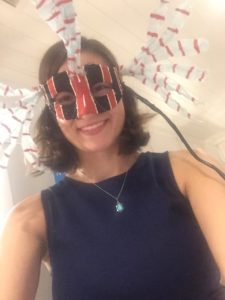
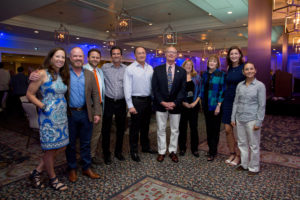
Lionfish is an invasive species native to the Indo-Pacific. It is believed that lionfish were first introduced to the Florida Keys and the Caribbean by the release of a broken beachside aquarium during Hurricane Andrew in 1992. Since the initial release, lionfish have spread north and have been spotted in Georgia waters and at Gray’s Reef. For more information on lionfish please click the link here.
Next, we had a full dinner that consisted of prime rib, chicken, scalloped potatoes, green beans, etc. Also there were a variety of dessert options, but the best one had to be the cookies decorated to look like lionfish.
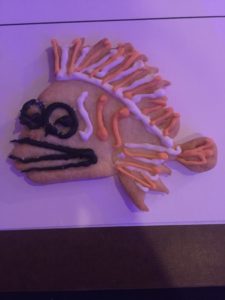
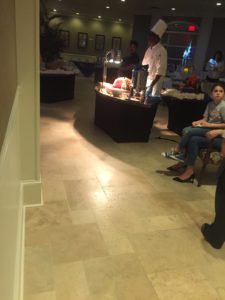
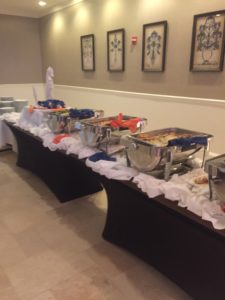
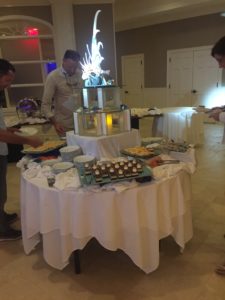
The night ended with an auction of 10-15 different items. The auctioneer was extremely entertaining and people ended up bidding more than the listed value of the auction items! Some of the items included a weeklong trip for a cabin in Utah, a week in a beach house on Tybee Island, a trip on a shark research vessel (only available at the auction, otherwise cannot be purchased), a Savannah porch swing, etc.
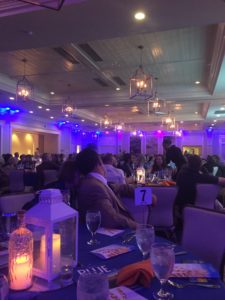
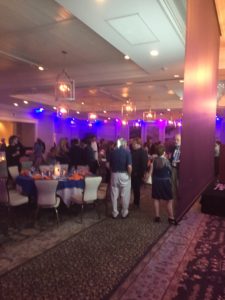
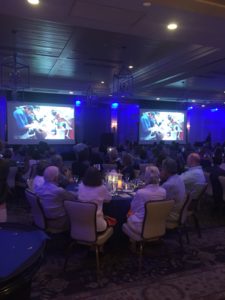
Throughout the summer, I was lucky to have a bunch of different visitors while in Georgia. My last weekend in Savannah a friend of mine that I had not seen in three years was able to visit. He is stationed at King’s Bay Naval Base, in Kingsland, Georgia. It was really nice to see so many familiar faces this summer.
My last week at Gray’s Reef started off with AIS vessel tracking. I found an interesting track of a ship entering/exiting Gray’s Reef multiple times, so we did some research to find out the purpose of this vessel and if further action needed to take place.
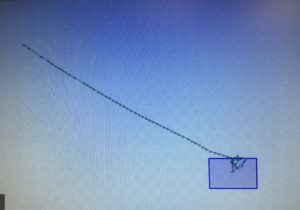
On Tuesday, I attended my final weekly staff meeting and we went out for my farewell lunch.
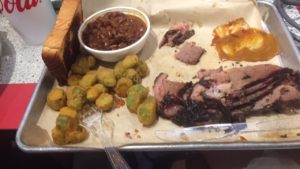
After lunch, I helped Captain Todd begin to put the GROUPER back together after the hurricane. The GROUPER holds all of the gear for dive operations and is located on the dock near our boats. Therefore, when there is a hurricane all of the equipment is moved into a more protected warehouse. We also took this opportunity to clean the GROUPER and reorganize the dive gear. This ended up taking two days in order to get everything back together.
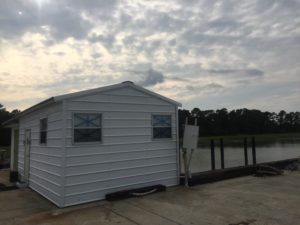
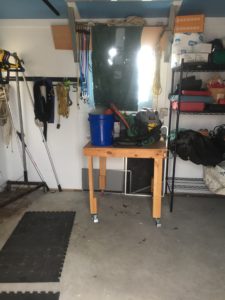
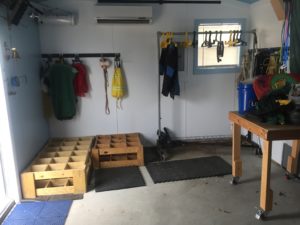
On Wednesday, I worked on fixing my GIS maps so they can be used in the future. I took the suggestions from the SAC meeting and made appropriate edits. I also taught Marybeth how to create these maps so this resource and knowledge is not lost once my internship has ended.
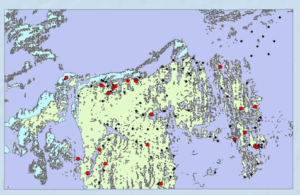
This week, I also learned how to create a dive plan. A dive plan is exactly what it sounds likes; a plan for your dives, how many dives are to be completed that day, departure and arrival times at the dock, etc. This information needs to be recorded prior to leaving for dive operations so that everybody is informed. In the case that an emergency occurs or the boat has not returned according to plan, the on land person responsible for monitoring the dive plan can take the appropriate actions in these events.
My last day at Gray’s Reef ended on a perfect note; I got to spend my last day diving! We had been watching the weather since our return from Hurricane Irma and the conditions were finally optimal for dive operations. Our normal routine began at 6:30am with Marybeth picking me up and loading the dive gear. The dive plan for Thursday was to reassess and retrieve hydrophones. We needed to determine if there was any damage from the hurricane in addition to continuing our previous hydrophone assessment. Luckily we did not find any damage from the hurricane, but we did find a variety of different hurricane debris. We found a trashcan lid, window blinds, a large piece of plastic, etc.
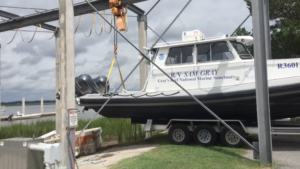
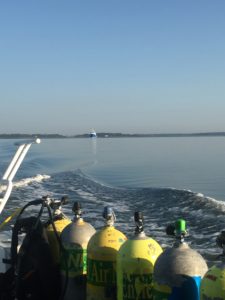
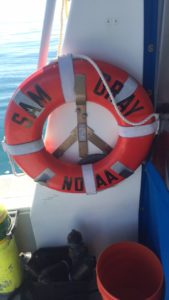
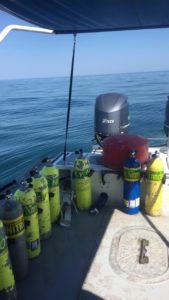
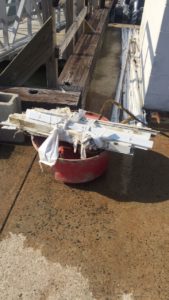
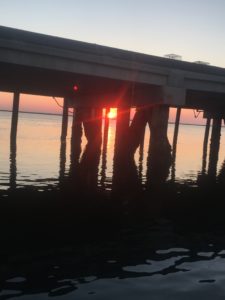
The visibility was still greatly decreased from the hurricane stirring up the water. Even with this added challenge, we were able to find each of the intended hydrophones! However, the dives did take a little longer than at the beginning of the summer.
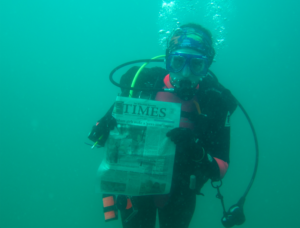
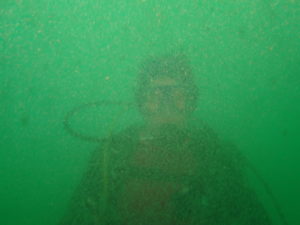
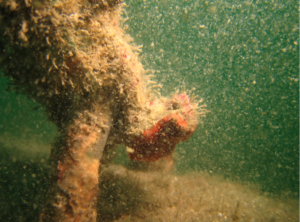
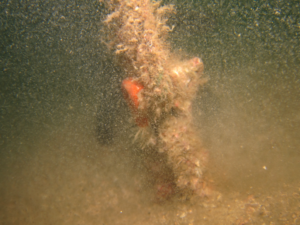
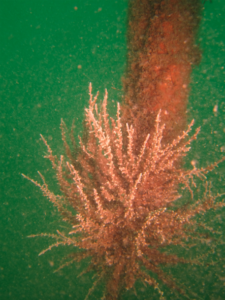
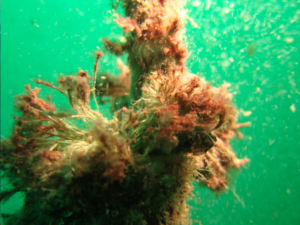
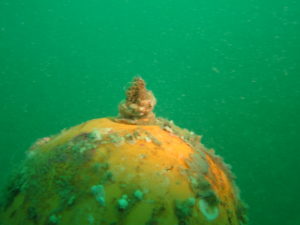
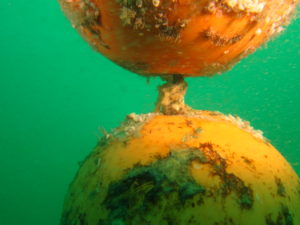
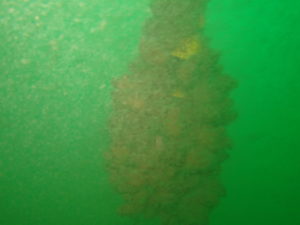
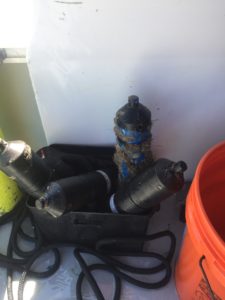
With my last four dives in the books, we headed back to shore. I spent the rest of the evening packing my suitcases for the last time for a little while.
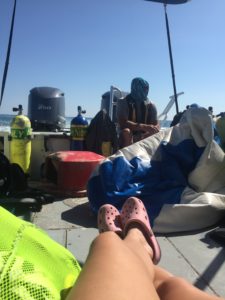
One of the most helpful parts of being at Gray’s Reef was being able to talk with different staff members about future career plans. Specifically, Marybeth Head and Kimberly Roberson were extremely helpful. With their support, I have officially accepted a position as a Hydrologic Technician with the United States Geological Survey in Honolulu, Hawaii!
On Friday morning, I headed to the office to say my final goodbyes then Marybeth and I headed to the airport. Until my next adventure (Hawaii) in January, I will be headed home to Massachusetts. This summer has been quite the adventure, especially with having so many unknowns thrown at me. Even with all the curve balls, I would not trade this experience for anything in the world. It has definitely been helpful getting me to where I want to go. I cannot thank everyone enough for their continued support for making this internship possible! Until next time…
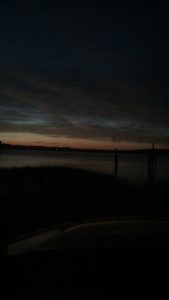
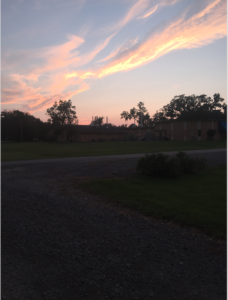
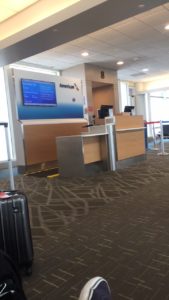
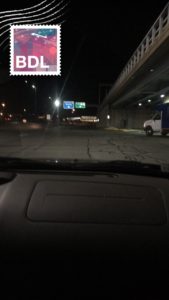


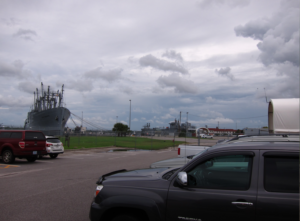
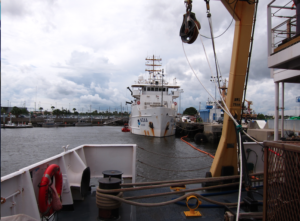
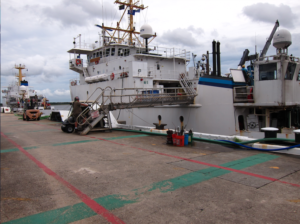
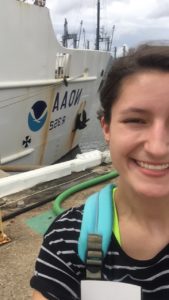
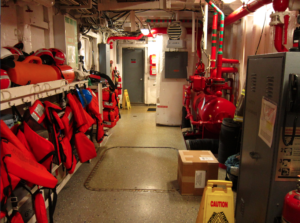
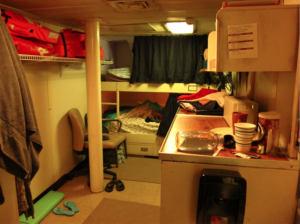
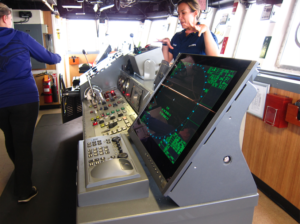
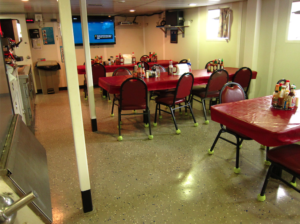
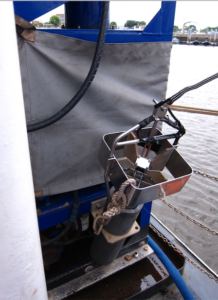

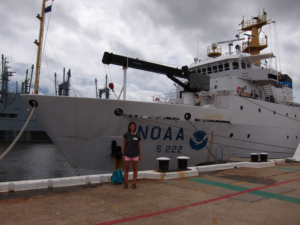
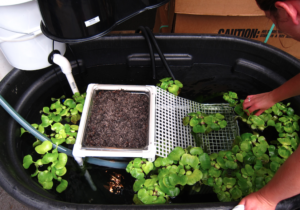
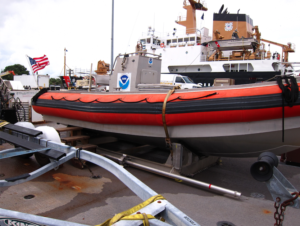
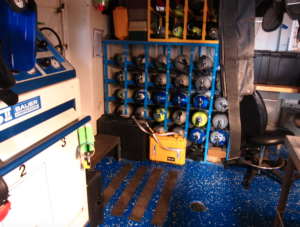
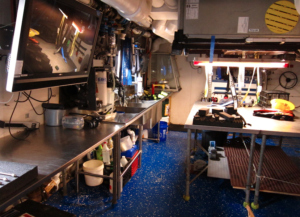
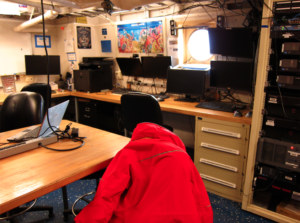
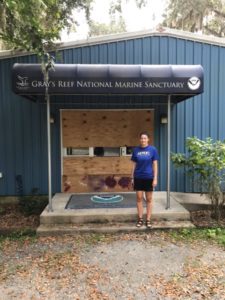
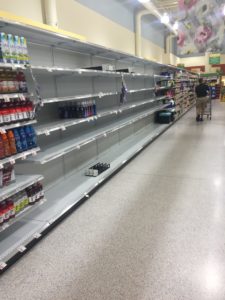
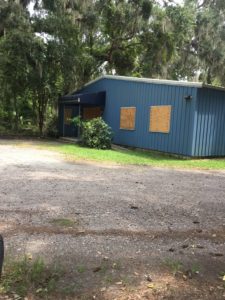
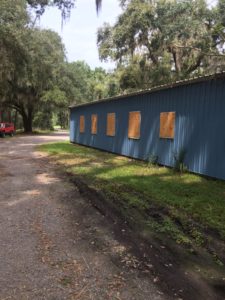

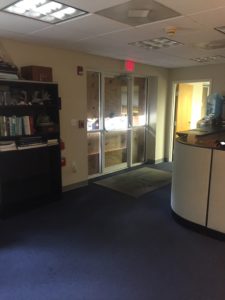
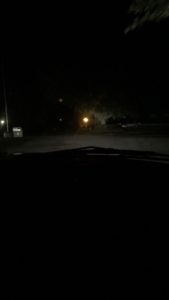
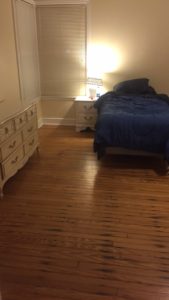
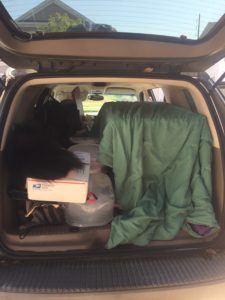
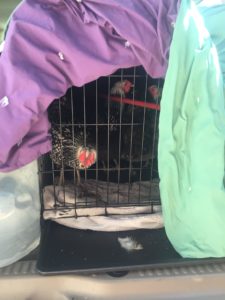
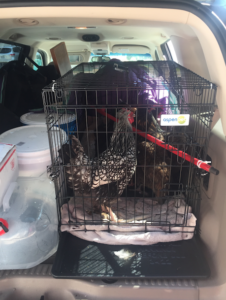
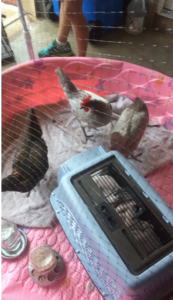
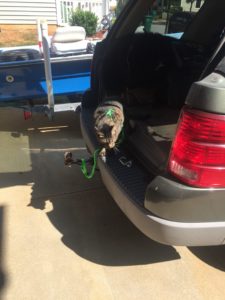
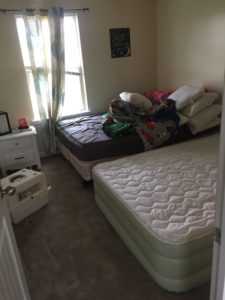
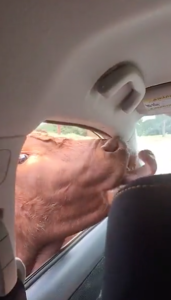
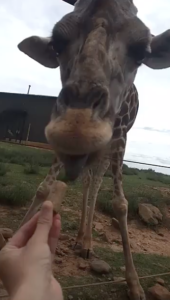
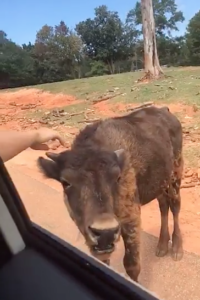
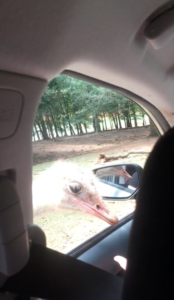
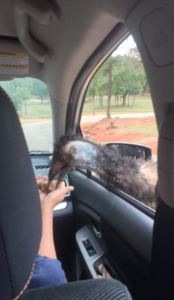

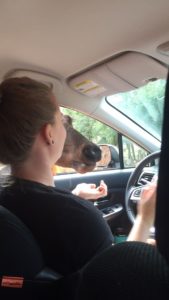
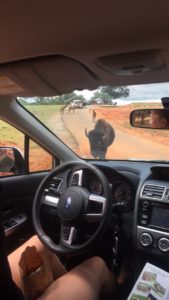
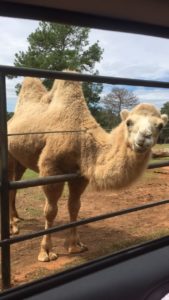
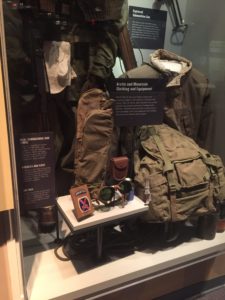
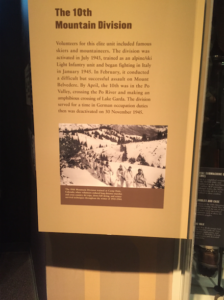
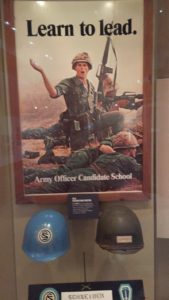
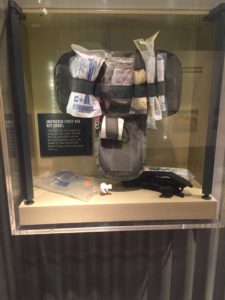
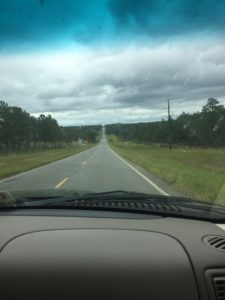
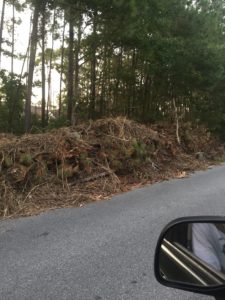
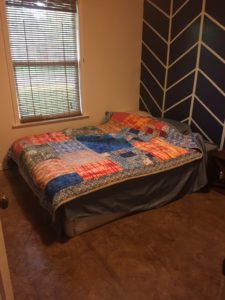
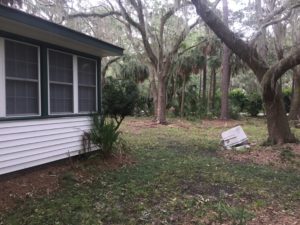
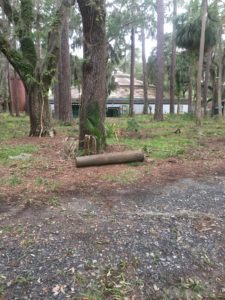
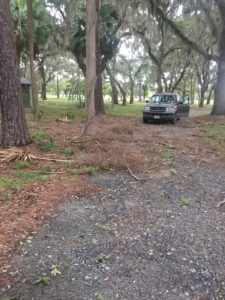
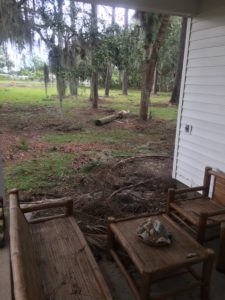
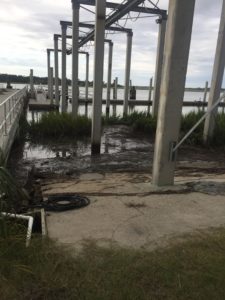
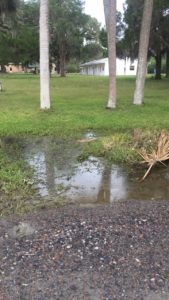
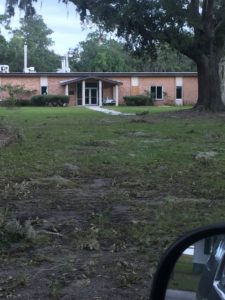
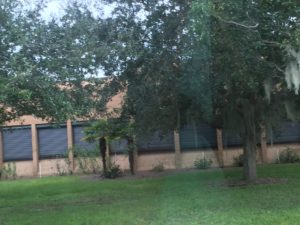
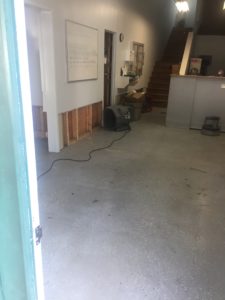
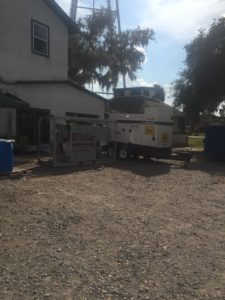
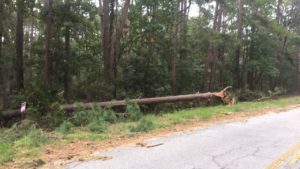
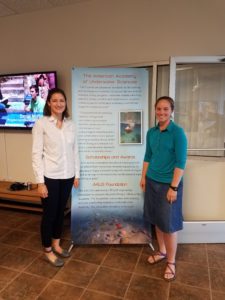
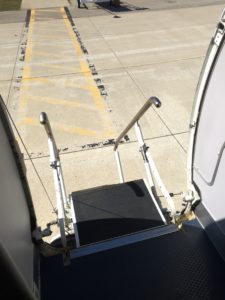
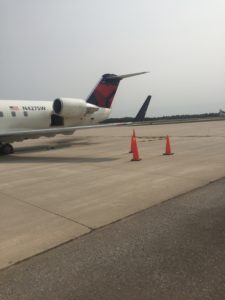
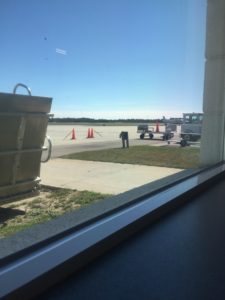
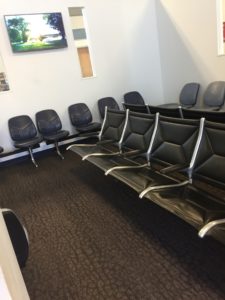
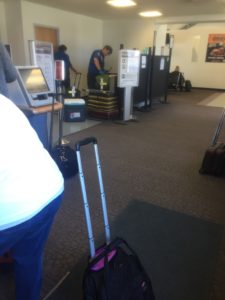
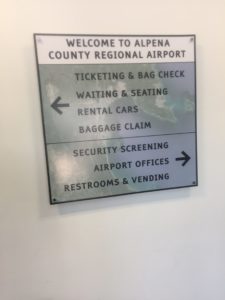
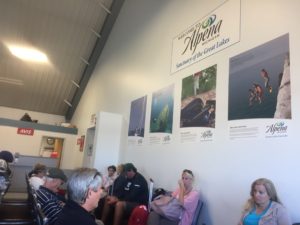
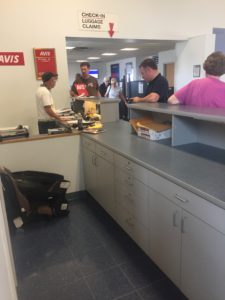
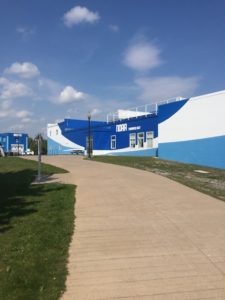
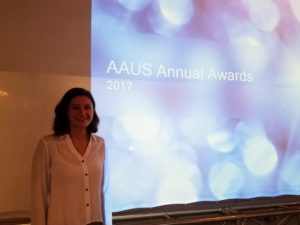
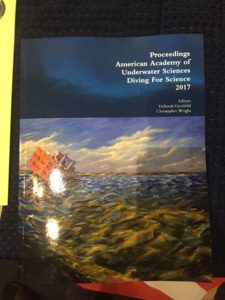
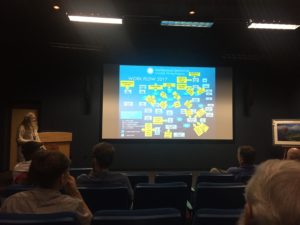
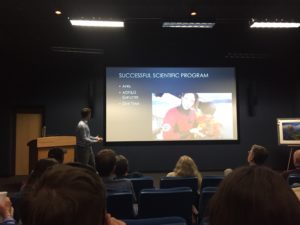
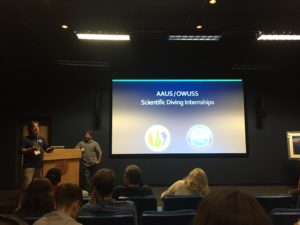
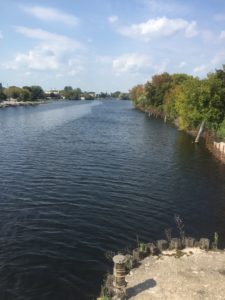
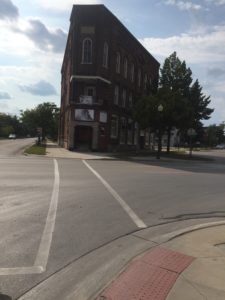
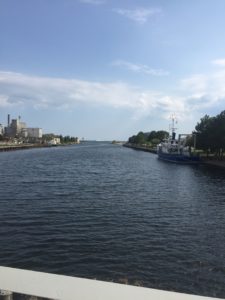
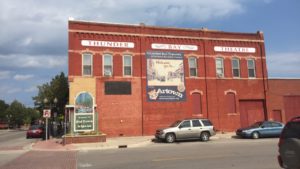
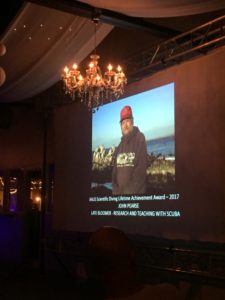
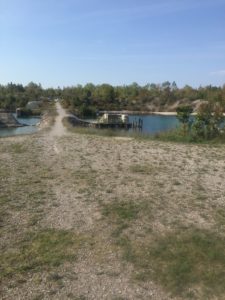
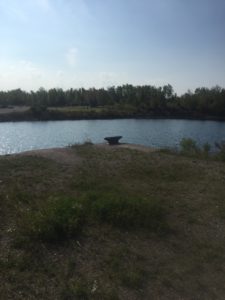
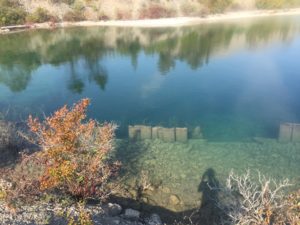
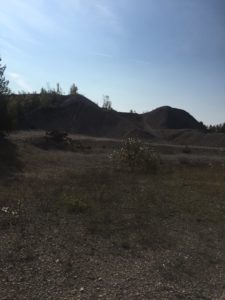
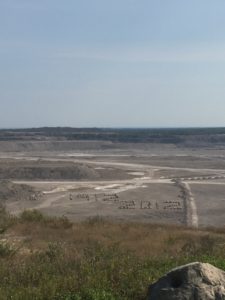
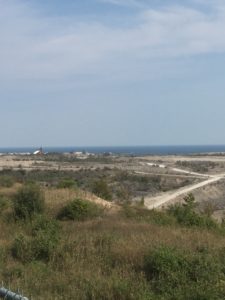
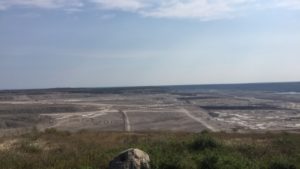
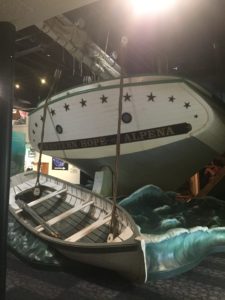
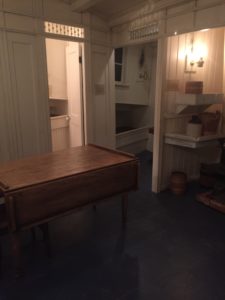
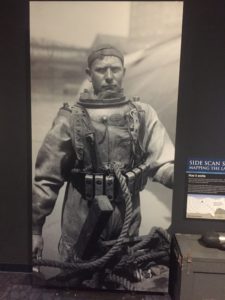
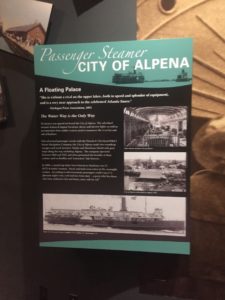
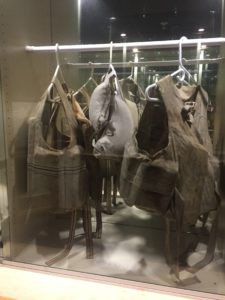
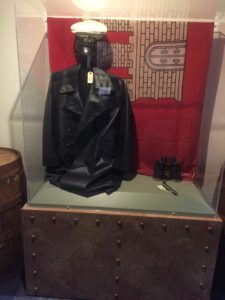
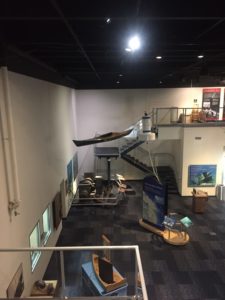
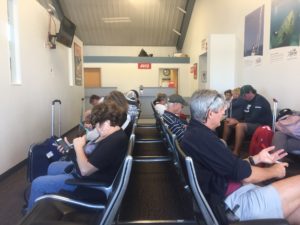
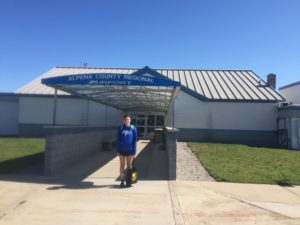
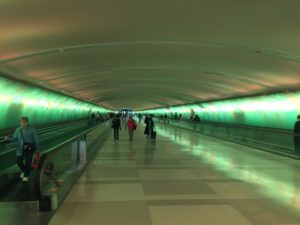
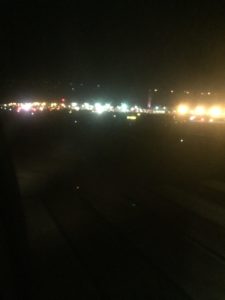
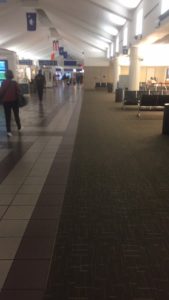
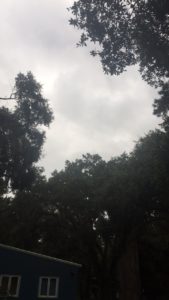
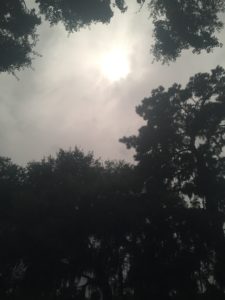

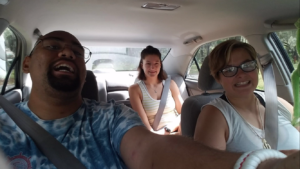
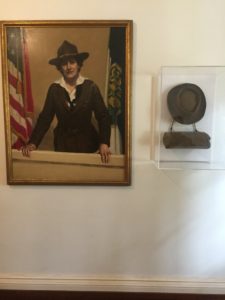
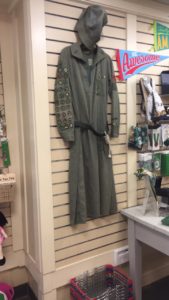

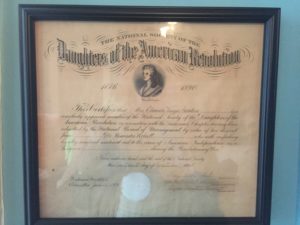
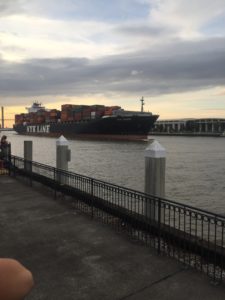
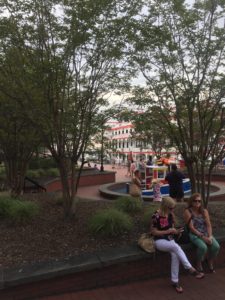
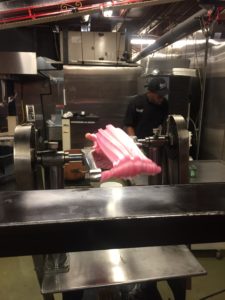
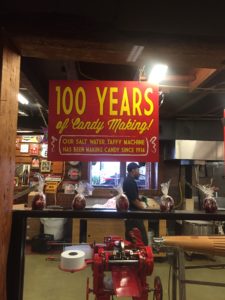
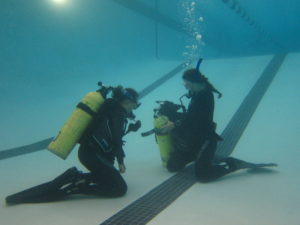
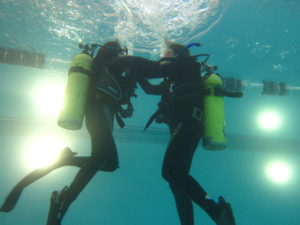
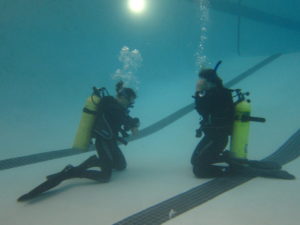
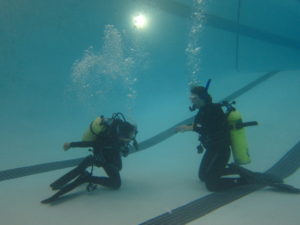
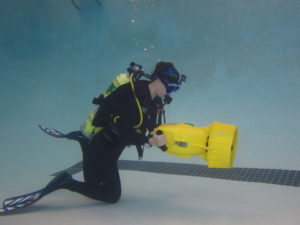
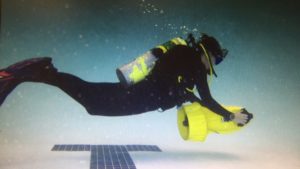
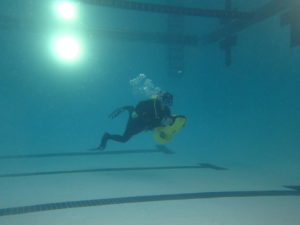
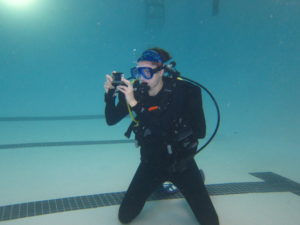
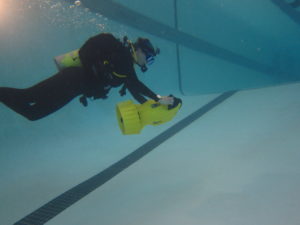
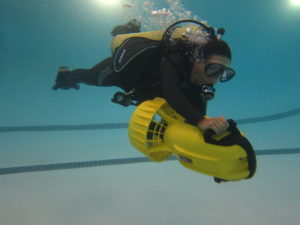
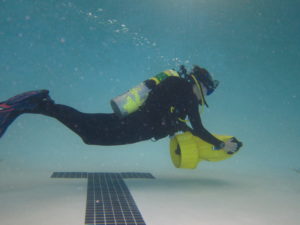
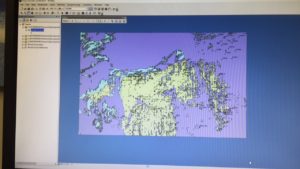
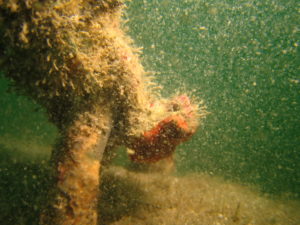
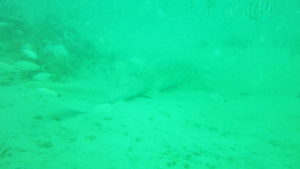
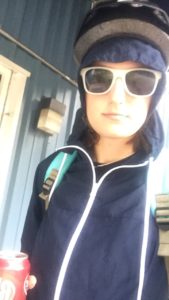
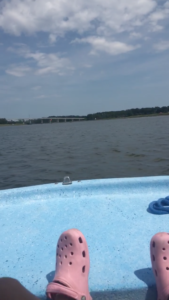
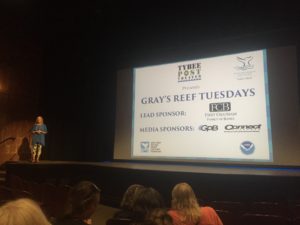
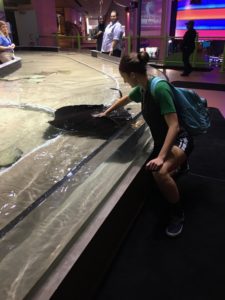
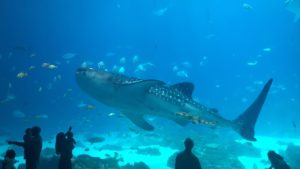
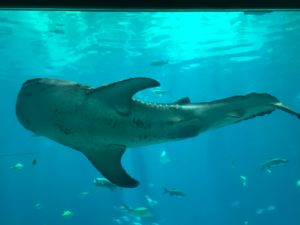
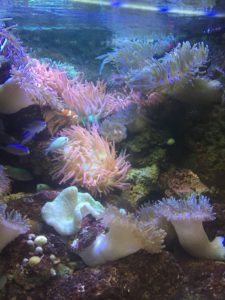
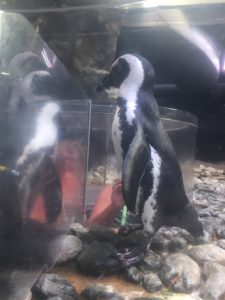
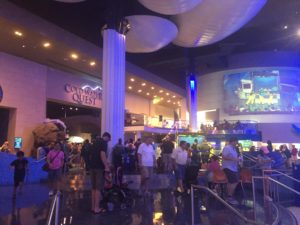
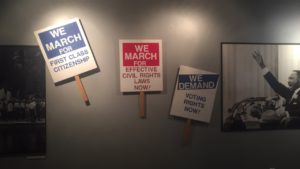
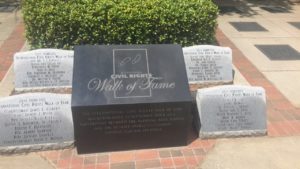
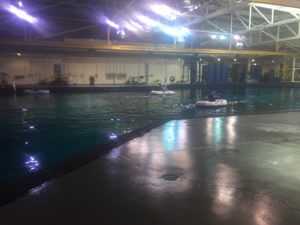
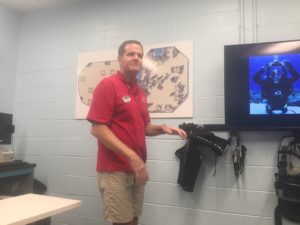
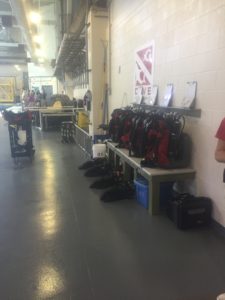
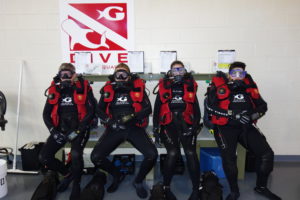
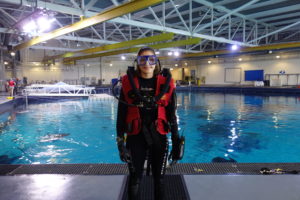
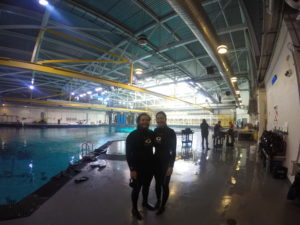
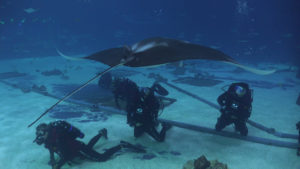
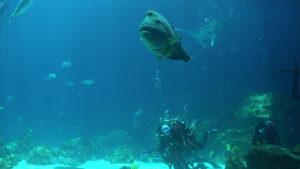
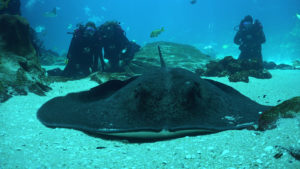
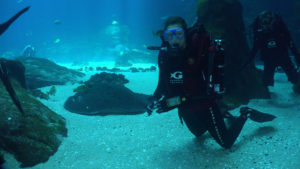
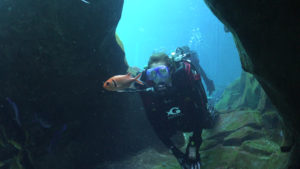
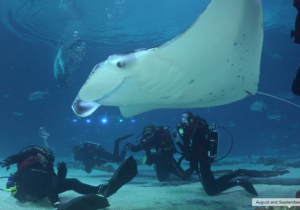
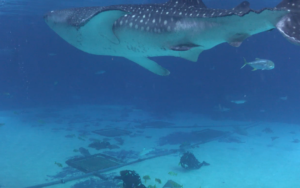
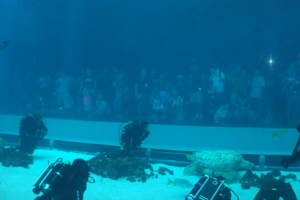
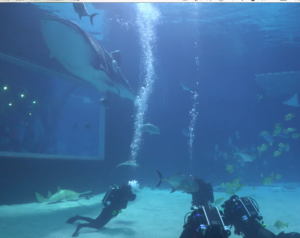

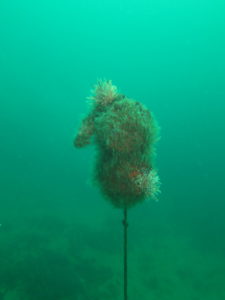
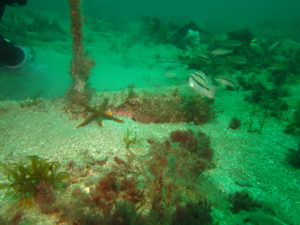
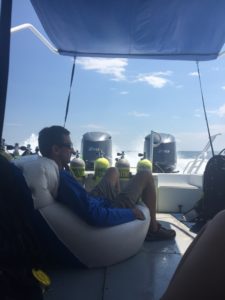
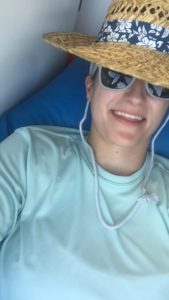
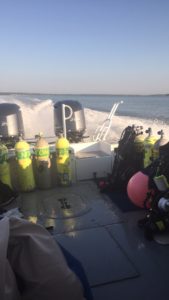
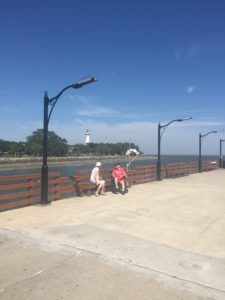
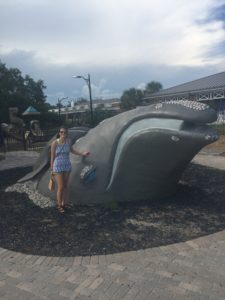
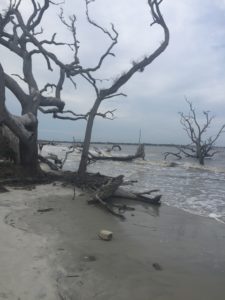
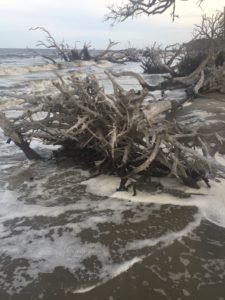
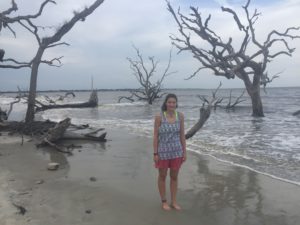
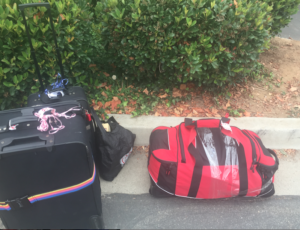
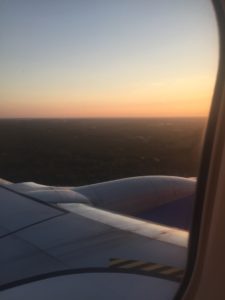
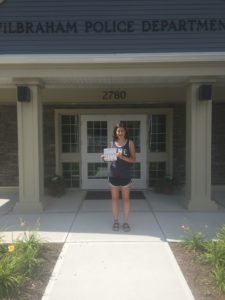
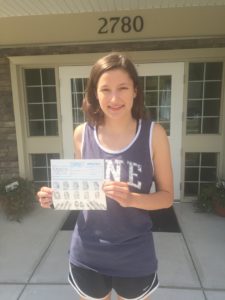
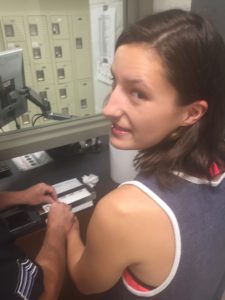
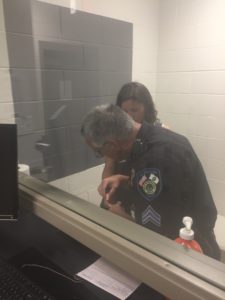
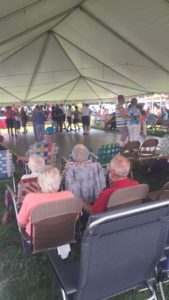
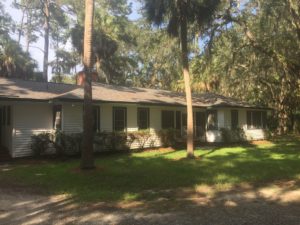

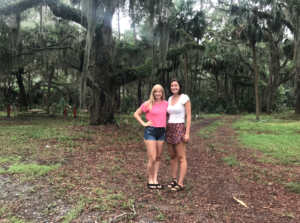

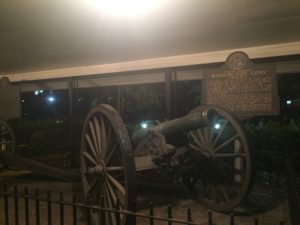
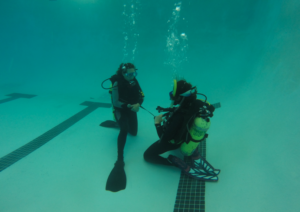
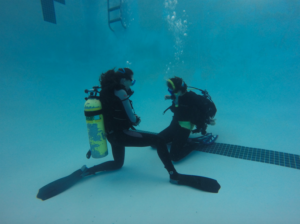
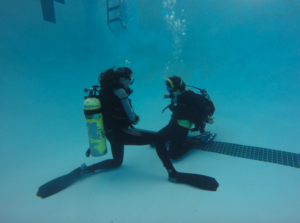
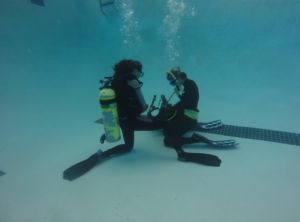
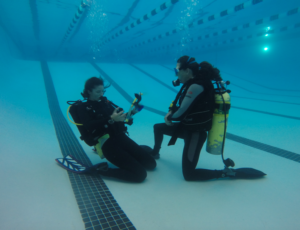
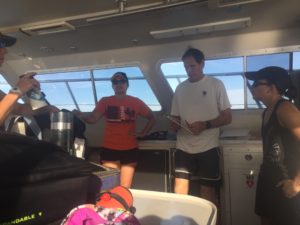
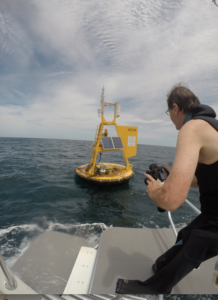
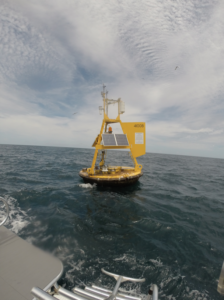
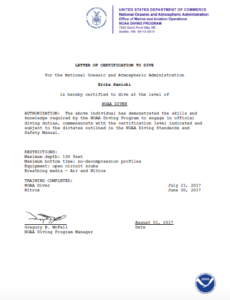
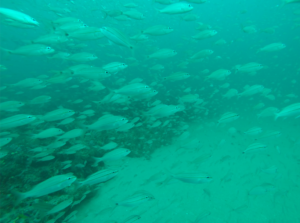
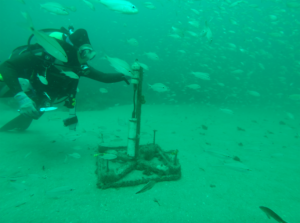
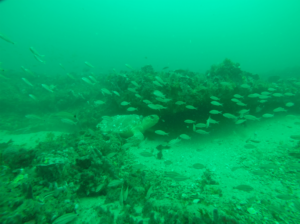
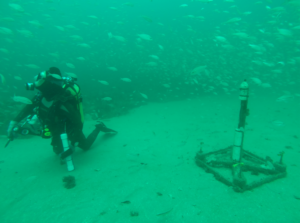
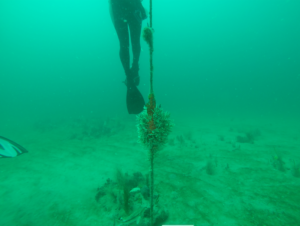
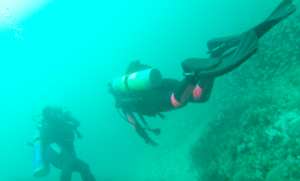
 Dive Briefing by Rich Walsh
Dive Briefing by Rich Walsh





























